Retro Replay Review
Gameplay
Safari Photo Africa: Wild Earth places you squarely behind the lens of a committed photojournalist, tasked with capturing the untamed beauty of African wildlife. The controls are intuitive, blending standard first-person movement with a responsive camera interface that lets you zoom, focus, and adjust exposure settings as if you were holding a real DSLR. Each assignment challenges you to track, approach, and photograph specific subjects—ranging from a matriarchal elephant herd at midday to a pride of lions prowling under a moonlit sky.
The game unfolds in a series of structured missions, each one introducing new environmental variables and wildlife behaviors. For instance, during the family-of-elephants assignment, you must remain downwind and maintain a safe but close distance to avoid startling them. The pride-of-lions shoot at night incorporates a careful balance of stealth and patience: you need to creep through tall grasses, manage your flash power, and anticipate the lions’ movements to get that perfect shot. This variety keeps the gameplay from feeling repetitive and lends an authentic safari rhythm.
Notably, the helicopter ride across the Ngorongoro Crater offers a refreshing change of pace. Here, you pilot the chopper to identify and photograph large mammals from above. The challenge lies in stabilizing the camera against rotor vibrations and timing your shots as animals move beneath. Success depends on precise button inputs to correct for sway, making even aerial photography feel engaging and skill-driven.
Aside from single assignments, the game includes a free-roam portfolio mode where you can revisit any unlocked location. This mode invites exploration: you can chase unique lighting conditions at dawn or venture into hidden valleys to capture rare bird species. The portfolio can be organized, tagged, and exported as HTML files, lending a practical tool for real-world educators and budding photographers alike.
Graphics
Safari Photo Africa’s graphics engine may not push the bleeding edge of modern AAA titles, but it strikes an impressive balance between visual fidelity and performance. Textures on animal fur, scales, and feathers carry a surprising level of detail, making each close-up feel authentic. Shadows shift realistically under the African sun, and dust motes swirl in shafts of light, adding to the sense of being out on the savanna.
The day-night cycle is particularly well-executed. Golden hour glow bathes the landscape in warm hues that reflect off waterholes, while the moonlit missions plunge you into a world of deep blues and stark silhouettes. During nocturnal shoots, bioluminescent insects flicker through the grasses and distant eyeshine hints at lurking predators. This dynamic lighting not only enhances immersion but also affects your shot composition, encouraging you to adapt your camera settings to each scene.
Environments in Ngorongoro Crater, expansive grasslands, and dense brush all feel distinct. Rock formations are rendered with weathered detail, while acacia trees sway gently in the breeze. Wildlife animations contribute significantly to the lifelike atmosphere: elephants trumpeting, giraffes craning their necks to browse leaves, and zebras stamping dust from their coats. Even water reflections and ripples when animals drink add layers of realism.
While you may occasionally spot pop-in or abrupt LOD (level-of-detail) transitions at the furthest draw distances, these quirks rarely distract from the overall beauty. The soundtrack, featuring ambient bird calls, distant roars, and the wind rustling through grass, further complements the visual presentation and reinforces the illusion of being in the wild.
Story
Though Safari Photo Africa isn’t a narrative-driven epic, it weaves a light but meaningful storyline around your photojournalist role. You’re commissioned by an educational magazine to produce a series of illustrated articles on African ecosystems. Your editor provides assignment briefs, deadlines, and feedback, offering a sense of progression and purpose beyond mere trophy hunting of wildlife images.
Between missions, you interact with characters like a veteran naturalist who shares tips on animal behavior, or a local park ranger who warns you of seasonal floods and migrating herds. These exchanges feel organic, grounding the game in an educational context and highlighting the real-world challenges facing conservation efforts. You gradually piece together a broader narrative about ecosystem interdependence, habitat preservation, and the delicate balance between tourism and wildlife protection.
Each successful photograph unlocks small snippets of lore—facts about animal social structures, migration patterns, or threats from poaching. This educational layer gives your portfolio more weight; you’re not just collecting pretty pictures, you’re building a resource that can inform and inspire readers. The sense of achievement you get from nailing a particularly challenging shot is amplified by the knowledge you’re contributing to a greater cause.
While there’s no branching storyline or dialogue choices that dramatically alter outcomes, the game’s subtle narrative elements serve its educational purpose well. The steady progression from simple day-time assignments to more demanding nighttime and aerial shoots feels like a realistic career trajectory for a field photographer, adding a satisfying sense of growth.
Overall Experience
Safari Photo Africa: Wild Earth stands out as both an enjoyable simulation and a valuable educational tool. Its blend of first-person exploration, thoughtful camera mechanics, and varied mission design provides hours of engaging gameplay without overwhelming new players. Whether you’re a budding photographer, a wildlife enthusiast, or an educator seeking interactive content, this game offers a unique way to experience Africa’s wildlife.
The game’s strengths lie in its immersive environments, accurate animal behaviors, and the satisfaction of framing that perfect shot. The portfolio system, with its ability to export HTML galleries, distinguishes this title from other wildlife simulations: you can share your work with classmates, friends, or on a personal website, giving your virtual expedition a tangible outcome. This feature alone makes the game especially appealing to educators and content creators.
On the downside, some players may find the pacing deliberate—tracking shy animals and waiting for the ideal moment demands patience. And while the graphical presentation is charming, it doesn’t match the hyper-realistic polish of the latest AAA open-world titles. However, these minor drawbacks are far outweighed by the game’s educational depth and immersive safari atmosphere.
In sum, Safari Photo Africa: Wild Earth offers a rewarding journey into the heart of Africa’s ecosystems. It encourages observational skills, teaches respect for wildlife, and provides a hands-on lesson in nature photography. For anyone looking to combine learning with leisure or seeking a tranquil yet challenging virtual safari, this game is a compelling choice.
 Retro Replay Retro Replay gaming reviews, news, emulation, geek stuff and more!
Retro Replay Retro Replay gaming reviews, news, emulation, geek stuff and more!
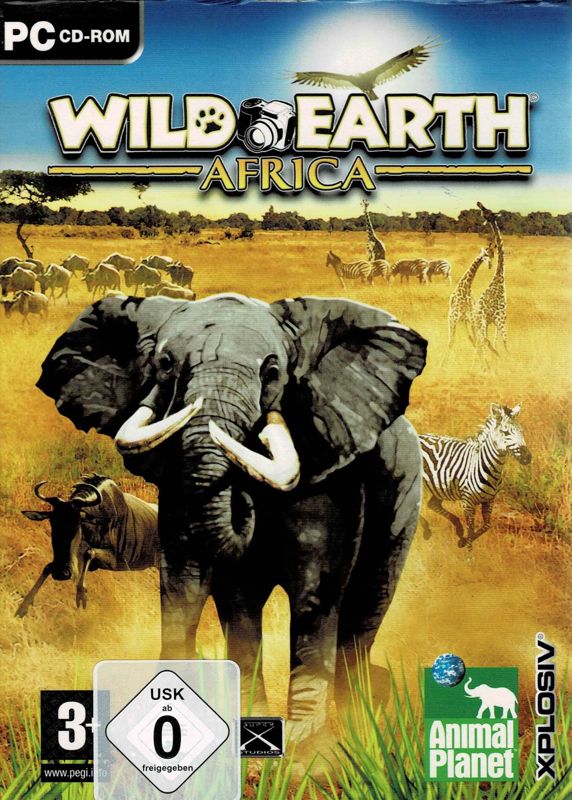
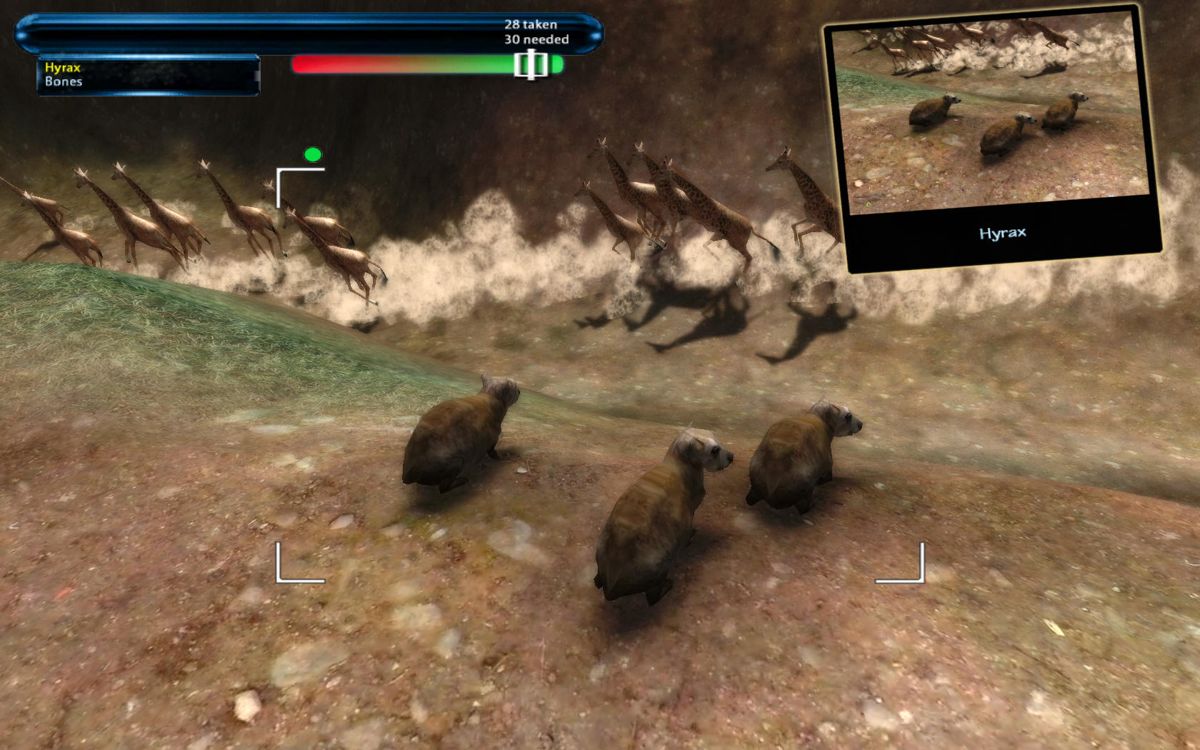

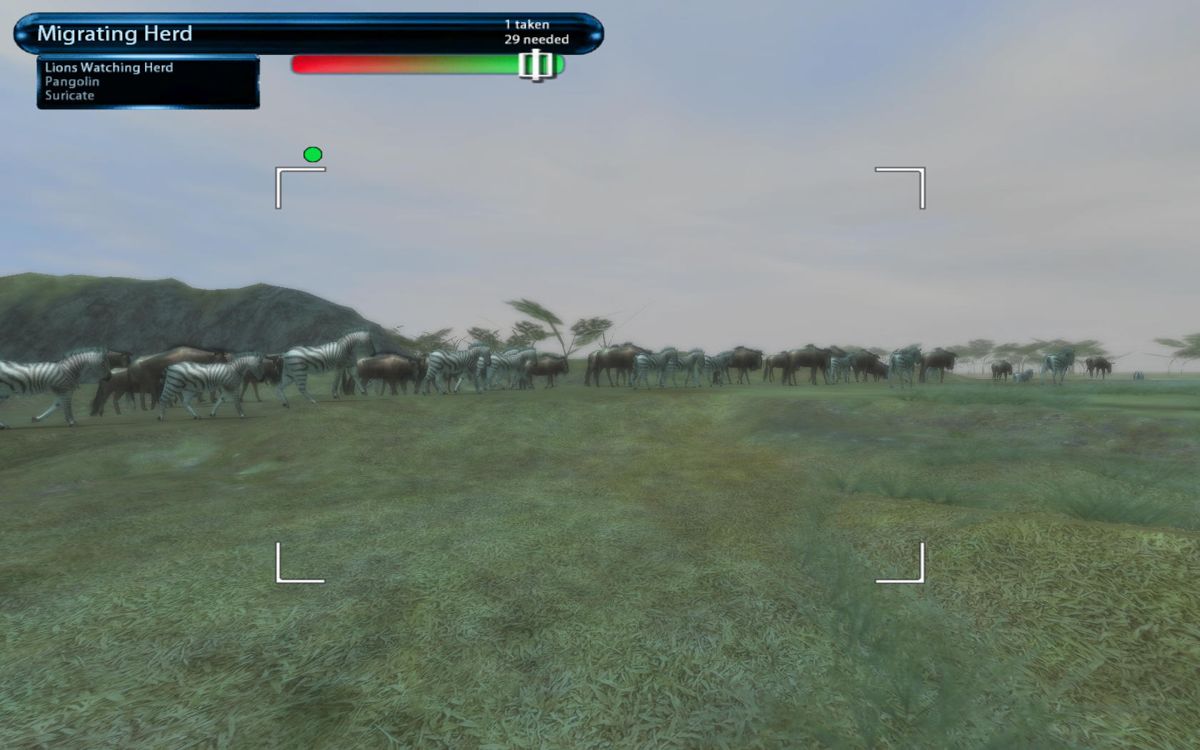
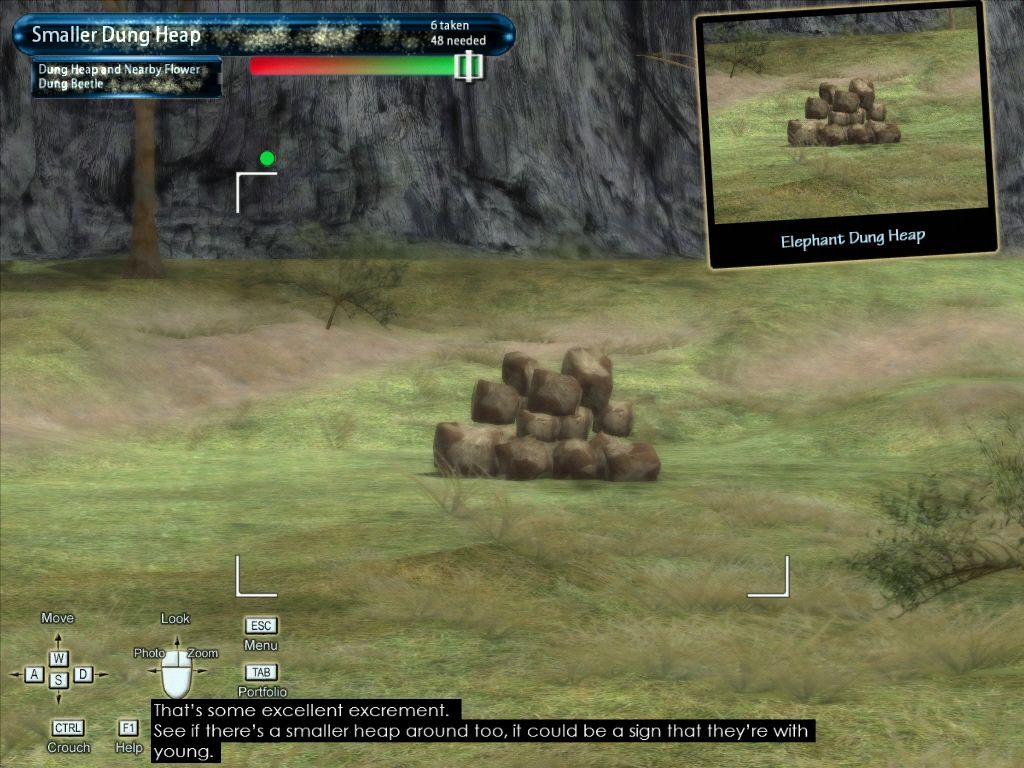
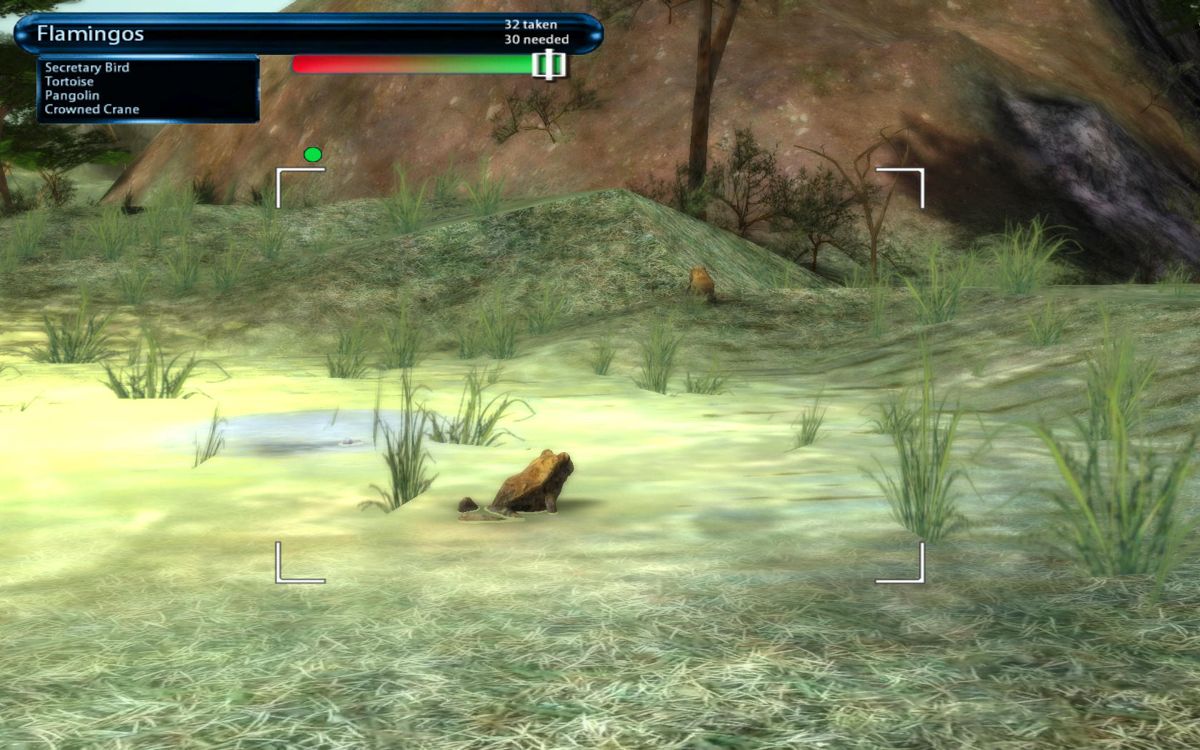



Reviews
There are no reviews yet.